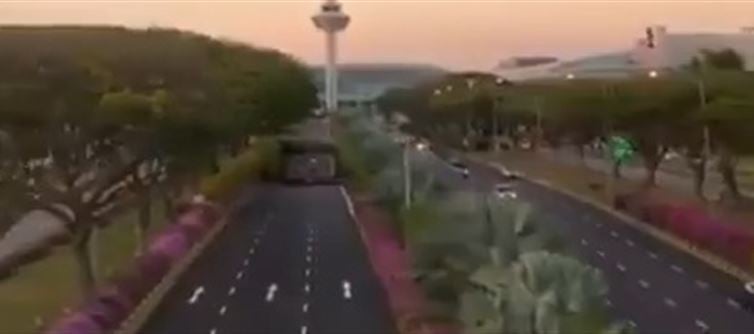
Singapore Puts the Brakes, india Accelerates into Traffic Hell: A Tale of Cars, Chaos, and Choices
singapore and india couldn’t be more different when it comes to urban transport. While singapore has consciously capped its car growth to zero, india continues to chase an endless spiral of congestion, pollution, and bad planning. The numbers tell the whole story.
1. Singapore’s Zero-Growth Policy
Since 2018, Singapore’s Vehicle Quota System has capped car population growth at 0%. That means for every new car registered, an old one has to be scrapped. No unchecked expansion, no mindless addition of vehicles.
2. Flat Growth Over 20 Years
From ~80,000 new car registrations in 2004 to ~66,000 in 2023, the growth is basically flat — just a replacement cycle. Compare that to india, where millions of new cars hit already-cramped roads every year.
3. Public Transport Over Privilege
Over 7 million daily trips in singapore are made on public transport, cycling, or walking. The government invests heavily in MRT lines, buses, and pedestrian-friendly spaces. In India? Metro projects crawl, buses are neglected, and walking or cycling is a survival test.
4. Pedestrians and Cyclists Rule
singapore has carved out safe pedestrian and cycling lanes across its urban landscape. In india, footpaths (if they exist) double as parking lots, and cyclists risk their lives just sharing space with cars and bikes.
5. 30 Years Behind?
Looking at singapore today is like peeking 30 years into India’s future — if india even catches up. With no serious policies to cap car ownership, improve public transit, or reclaim pedestrian space, india seems stuck in an endless traffic jam.
Final Word
singapore has shown that smart policies, strict enforcement, and prioritizing people over cars can create livable cities. india, on the other hand, seems happy to pave its way into permanent gridlock.
Because in singapore, the future is public transport.
In india, the future is traffic.




 click and follow Indiaherald WhatsApp channel
click and follow Indiaherald WhatsApp channel